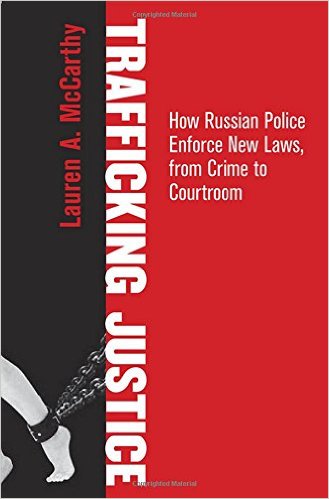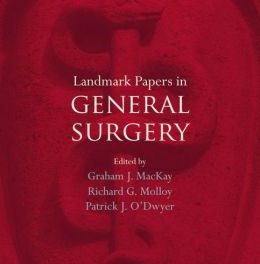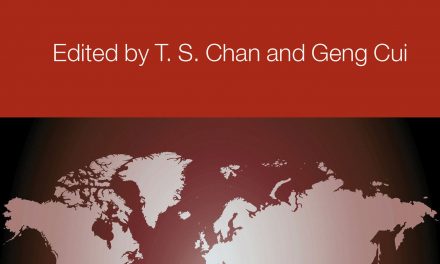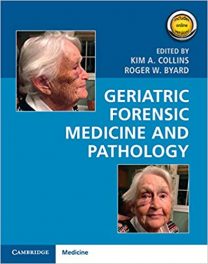Author: Lauren. A McCarthy
Publisher: Cornell University Press – 276 pages
Book Review by: Paiso Jamakar
Human trafficking is the recruitment, transportation, transfer, and receipt of people. It also includes the harboring of persons against their free will. These activities involve abduction, abuse of power by a person of authority, coercion, deception, fraud, and other actions.
The people who are trafficked do forced labor at low wages or are sexually exploited. They may be living within a country or come from other countries. Those being trafficked are not only grownup women but also men. The females and males may be teenagers and even young children. (The State Department stated in their statistics for the year 2000 that there are about 244,000 American children and youth at risk of sex trafficking each year. Of these, around 38,600 were runaways).
It is believed by experts on this subject that human trafficking is now illegal in most countries, meaning there are laws on the books that prohibit it, and impose penalties (fines and jail time) on the traffickers and in some places, the trafficked as well.
Human trafficking exists worldwide in varying numbers either within a country’s borders, or where the supply-demand situations are unbalanced, it involves the physical travel of individuals or groups of them between countries.
Here in the United States, the Justice Department estimates that about 17,500 people are trafficked into the country annually, but the actual numbers are believed to be higher because of lack of data on undocumented aliens. The states that have the largest numbers of incidences are California and Texas.
This book is on human trafficking in Russia, and its focus is on the enforcement, non-enforcement, or sidetracking of laws against human trafficking in that country. Therefore, the apt title: Trafficking Justice. It covers the period between 2003, when human trafficking and slave labor were first criminalized in Russia, until 2013.
The author Lauren McCarthy, who now teaches legal studies and political science at the University of Massachusetts in Amherst, went through about 5,500 Russian news media articles on human trafficking. Her primary information-gathering work involved spending about 10 months in Russia from September 2007 to July 2008, to attend conferences, gather data, do interviews, and engage in other research activities for this book.
She also had subsequent visits in later years, went to many places within that country, and spoke with people involved in anti-human trafficking activity as well as on law enforcement. The result of her work, including the stories of the struggles she went through to gather the needed information are revealed in this brilliant and fascinating work that is organized into six chapters and a wealth of supplementary data in the appendices and other resources
Introduction
- History, Trends, and Contours of Human Trafficking in Russia
- The Human Trafficking Laws
- Law Enforcement’s Institutional Machinery and the Criminal Process
- The Identification of Human Trafficking Cases
- The Investigation of Human Trafficking Cases
- Indictment, Trial, and Sentencing
Conclusion
- Appendix A: Methodology
- Appendix B: Official Russian Law Enforcement Statistics on Human Trafficking Crimes
- Legal Sources
- References
- Index
Traveling to foreign lands for sightseeing is fun, but digging for information on a tough subject in unfamiliar, and even hostile settings requires guts, persistence, and courage to get the job done. This revealing, well-written book is an excellent product of such determination. It is Lauren McCarthy’s unique contribution to the knowledge base on human trafficking in Russia.
Author:
Lauren. A McCarthy is Assistant Professor of Political Science and Legal Studies at the University of Massachusetts Amherst.







